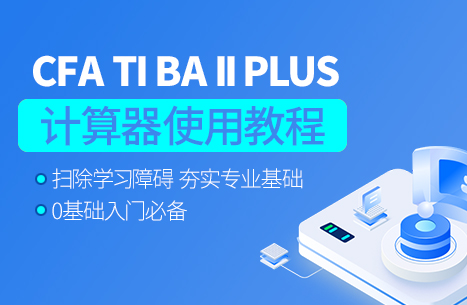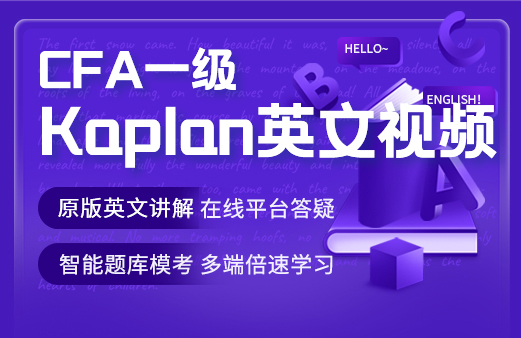Internal credit enhancement 与External credit enhancement的差异在哪里?下面就具体解释一下吧!
Credit enhancements:are provisions that may be used to reduce the credit risk of the bond issue.
信用增强是用于可以减少信用风险的多种条款,因此,可以增加发行人的信用质量和降低债券的收益率,信用增强常用于资产抵押证券中。信用增强分为两类,内部和外部。
Internal credit enhancement (内部信用加强):
Subordination (次级化/分层) : waterfall structure, tranches.
Overcollateralization (超额抵押): post more collateral than is needed to obtain or secure financing.
Excess spread (超额利差): more cash flow received from the assets used to secure the issue than the interest paid to investors.
内部信用增强:
内部信用增强依赖于债券发行的结构特点。包括如下几种:
次级化/分层:对信用风险进行分层,是最常见的内部信用增强技术。资产产生的现金流根据不同的优先等级顺序而进行偿还,先偿付最高等级的然后对次等级的依次偿付。
超额抵押:是从本金的角度考虑的,抵押品的价值远远大于发行债务的价值,比如发行了100元的债券但是抵押品价值110万,超额抵押了10万。
超额利差:抵押品本身是产生现金流的,每期产生的现金流大于利息的支出,收入大于支出,所以有足够的资本偿还。
External credit enhancement (外部信用加强):
Surety bond (履约保证): reimburse investors for any losses incurred if the issuer defaults, by an insurance company.
Bank guarantee(银行担保): same as surety bond but by a bank.
Letter of credit(信用证): promise to lend money to issuing entity for any cash flow shortfalls.
外部信用加强:
会有第三方的财务担保,或者说有担保人。常见的外部信用加强包括履约担保,银行担保和信用证:
履约保证:有背书,相当于给发行的债券购买了保险,履约保证和银行担保有些类似,都是发行人违约时会赔偿给债券持有者。两者的区别是银行担保是银行发行的,而履约担保是保险公司发行的。
银行担保:发行者违约,投资者可以找银行还款。
信用证:发行者违约,银行先把款借给发行者还款。现在信用证用的较少,因为提供信用证的信用机构的信用等级下降会造成金融危机。
例:Which of the following is least likely to be a form of internal credit enhancement associated with a corporate bond issue?
A.Debt overcollateralization
B. Letter of credit
C. Debt subordination
解析:B is correct,A letter of credit is a form of external credit enhancement in which a financial institution provides the issuer with a credit line to be used for any cash flow shortfalls related to its debt issue.
信用证是属于外部信用加强。
Credit enhancements:are provisions that may be used to reduce the credit risk of the bond issue.
信用增强是用于可以减少信用风险的多种条款,因此,可以增加发行人的信用质量和降低债券的收益率,信用增强常用于资产抵押证券中。信用增强分为两类,内部和外部。
Internal credit enhancement (内部信用加强):
Subordination (次级化/分层) : waterfall structure, tranches.
Overcollateralization (超额抵押): post more collateral than is needed to obtain or secure financing.
Excess spread (超额利差): more cash flow received from the assets used to secure the issue than the interest paid to investors.
内部信用增强:
内部信用增强依赖于债券发行的结构特点。包括如下几种:
次级化/分层:对信用风险进行分层,是最常见的内部信用增强技术。资产产生的现金流根据不同的优先等级顺序而进行偿还,先偿付最高等级的然后对次等级的依次偿付。
超额抵押:是从本金的角度考虑的,抵押品的价值远远大于发行债务的价值,比如发行了100元的债券但是抵押品价值110万,超额抵押了10万。
超额利差:抵押品本身是产生现金流的,每期产生的现金流大于利息的支出,收入大于支出,所以有足够的资本偿还。
External credit enhancement (外部信用加强):
Surety bond (履约保证): reimburse investors for any losses incurred if the issuer defaults, by an insurance company.
Bank guarantee(银行担保): same as surety bond but by a bank.
Letter of credit(信用证): promise to lend money to issuing entity for any cash flow shortfalls.
外部信用加强:
会有第三方的财务担保,或者说有担保人。常见的外部信用加强包括履约担保,银行担保和信用证:
履约保证:有背书,相当于给发行的债券购买了保险,履约保证和银行担保有些类似,都是发行人违约时会赔偿给债券持有者。两者的区别是银行担保是银行发行的,而履约担保是保险公司发行的。
银行担保:发行者违约,投资者可以找银行还款。
信用证:发行者违约,银行先把款借给发行者还款。现在信用证用的较少,因为提供信用证的信用机构的信用等级下降会造成金融危机。
例:Which of the following is least likely to be a form of internal credit enhancement associated with a corporate bond issue?
A.Debt overcollateralization
B. Letter of credit
C. Debt subordination
解析:B is correct,A letter of credit is a form of external credit enhancement in which a financial institution provides the issuer with a credit line to be used for any cash flow shortfalls related to its debt issue.
信用证是属于外部信用加强。









